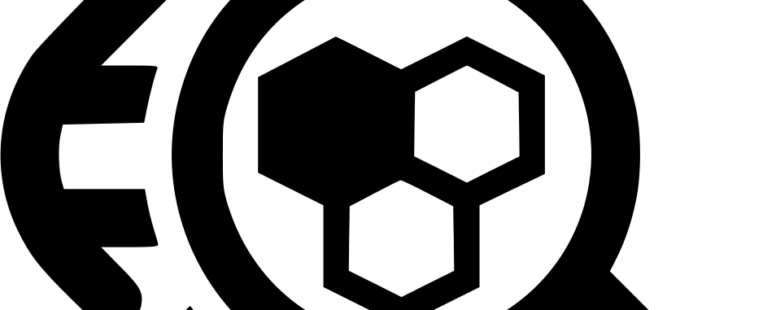Creative Trilogy – benefit, position, strategy
The extraordinary marketing ideas arise when an abundance of ideas are put on the table. And there are lots of ways to get tons of ideas on the table, but since time is always a factor and you can’t always throw an army at the problem, the key lies in very focused planning – this makes the task much easier.
That focus comes with what I call, the Creative Trilogy — a singular benefit, proprietary positioning, and a simple creative strategy.
The creative strategy is the culmination of the process, and the next few posts will outline how I approach writing a creative strategy for the launch of concept development. I developed this approach out of years of creative frustration, finding that most creative directors and account managers could not whittle a project brief down to a few important words.
I would ask myself questions like, why are our ideas not as stellar as the best work in the industry? Why are our shelves not lined with the top awards? Why are we not known for our creative output?
Over the years it became apparent to me that the reason for these things is that the process we use to set up the creative/conceptual launch SUCKED. And that’s being kind.
Great ideas and big ideas come when direction is sharply focused. Without this focus, creative output meanders and flounders and eventually lands with a dull thud rather than a brilliant splash.
Jack Foster writes: “When giving a team an assignment to create, say a television commercial, I found that if I gave them complete freedom they floundered. Too much freedom is chaos. But when they were forced to work within the guidelines of the creative strategy and a budget and a 30-second length and an established theme line and of course a deadline, they always came up with solutions.”
Again, the crux of the challenge lies with these three keys: a singular benefit, a proprietary positioning, and a simple creative strategy. So in this post, let’s take a look at the first of these key issues.
A SINGULAR BENEFIT
This is the essence of every good positioning statement and every good creative strategy. What’s the big news? What’s the single most important benefit?
Notice it’s not, what are the benefits? In order to deliver a message and have it remembered, nothing beats simplicity. Nothing.
We can create communications with multiple benefits, multiple bullet points, lists of important facts – we can dump in the kitchen sink, but what’s the risk? The risk is that none of it will be remembered. And that ultimately means it was a complete waste of the client’s money.
Messages that deliver one clear idea are proven to be better remembered and recalled. From “Selling The Invisible” by Harry Beckwith, “The key to any effective presentation is having a clear point of view. If you have one you believe in, you are almost certain to be effective in presenting it.”
And from the book “Positioning” by Jack Reis and Al Trout, the most important essentials to positioning are:
1. You must position yourself in your prospect’s mind.
2. Your position should be singular: one simple message.
3. Your position must set you apart from your competitors.
4. You must sacrifice. You cannot be all things to all people; you must focus on one thing.
So, get it down to one thing – the more specific the better. Benefits like “better value”, “more efficient”, “more advanced” and “peace of mind” are forbidden! These are generic, overused and have absolutely no meaning to consumers.
Now, getting to the right benefit is crucial. It’s difficult and it’s a process that deserves a whole blog to itself, but suffice it to say that it must be a benefit that your audience desires and not a benefit that the client thinks their audience should desire.
Clients sometimes make this hard, but you must convince them to make a decision to lead with one thing and get their agreement. An important thing for the client to understand is that this does not mean that other benefits and features are left out, they just become more of the supporting story, but not the defining plot.
Most large agencies put this process in the hands of a whole team of strategic planners, because getting to the right benefit for the right target can take a lot of work, but we can learn to do it on our own, or in small teams with limited resources.
There are tools to get to the best benefit for your product/service. One of the easiest is the Positioning Strategy Selection Matrix. This matrix puts benefits/attributes against key purchase drivers. The benefits that deliver advantages to the most key purchase drivers are the key benefits to focus on, but ultimately, you have to choose one.
In following posts, I’ll discuss the other two keys to creative proclivity, development of positioning statements and creative strategies.

